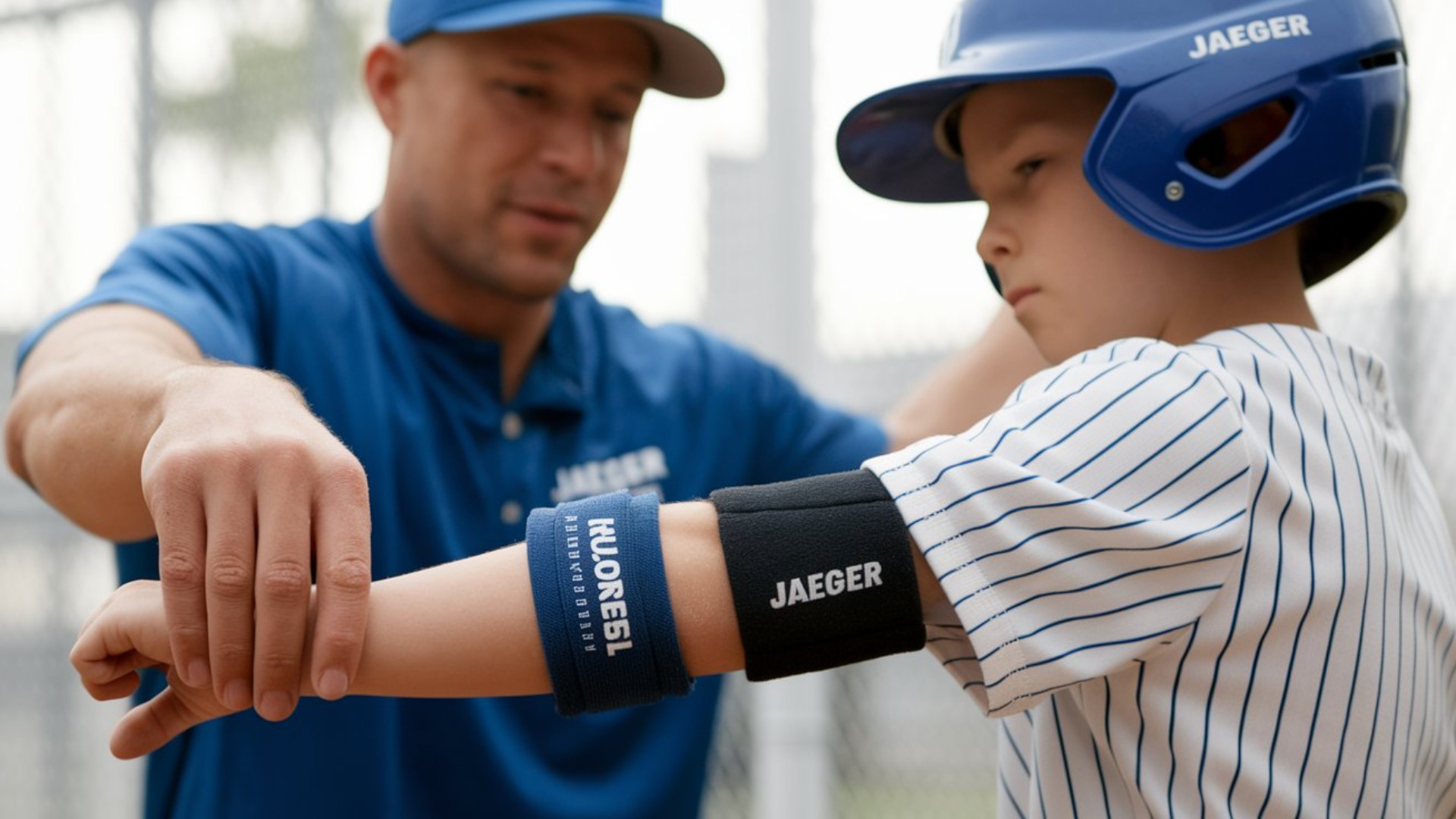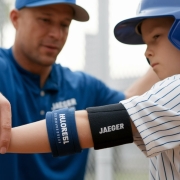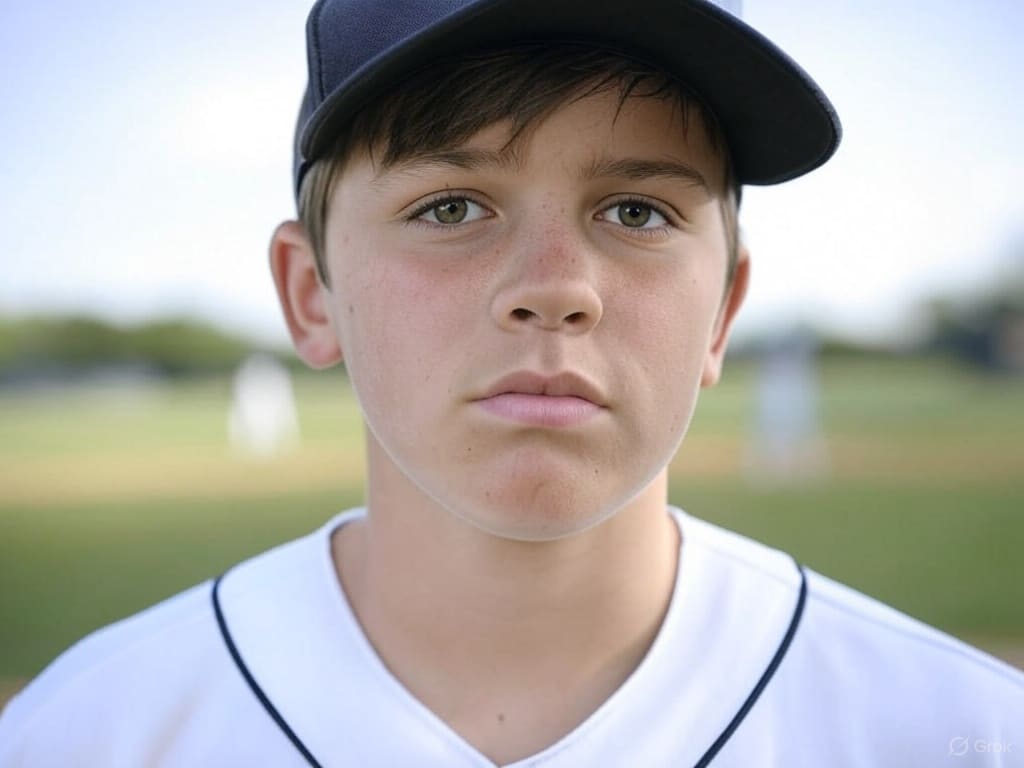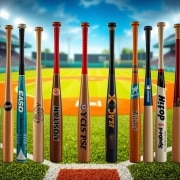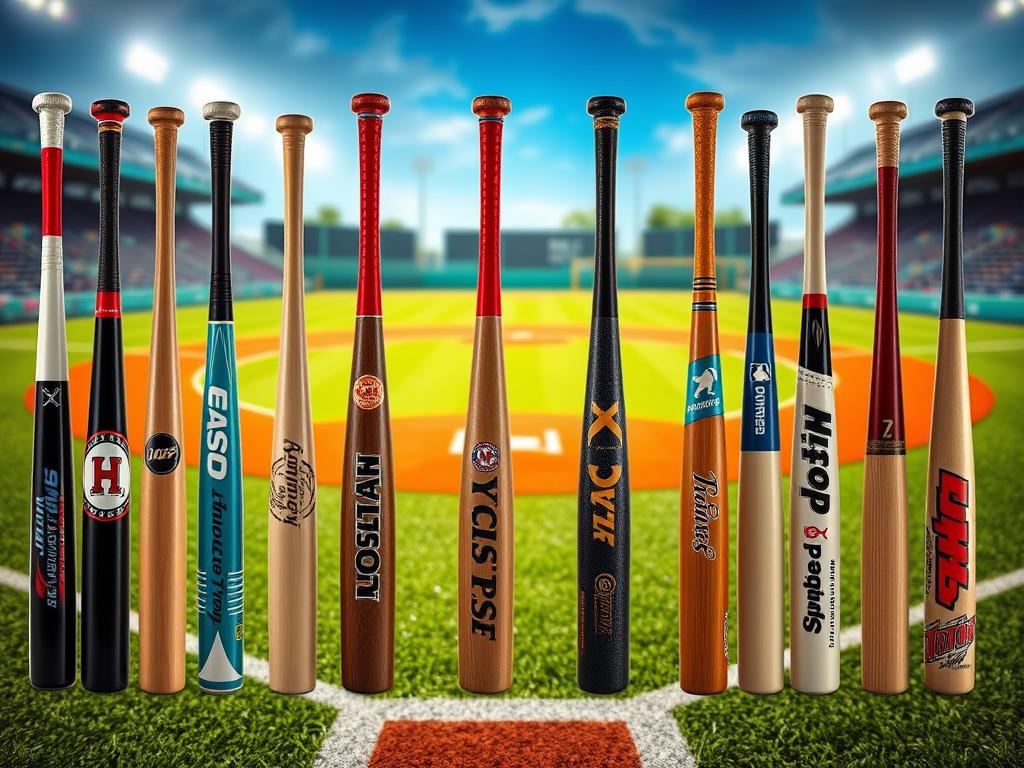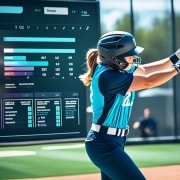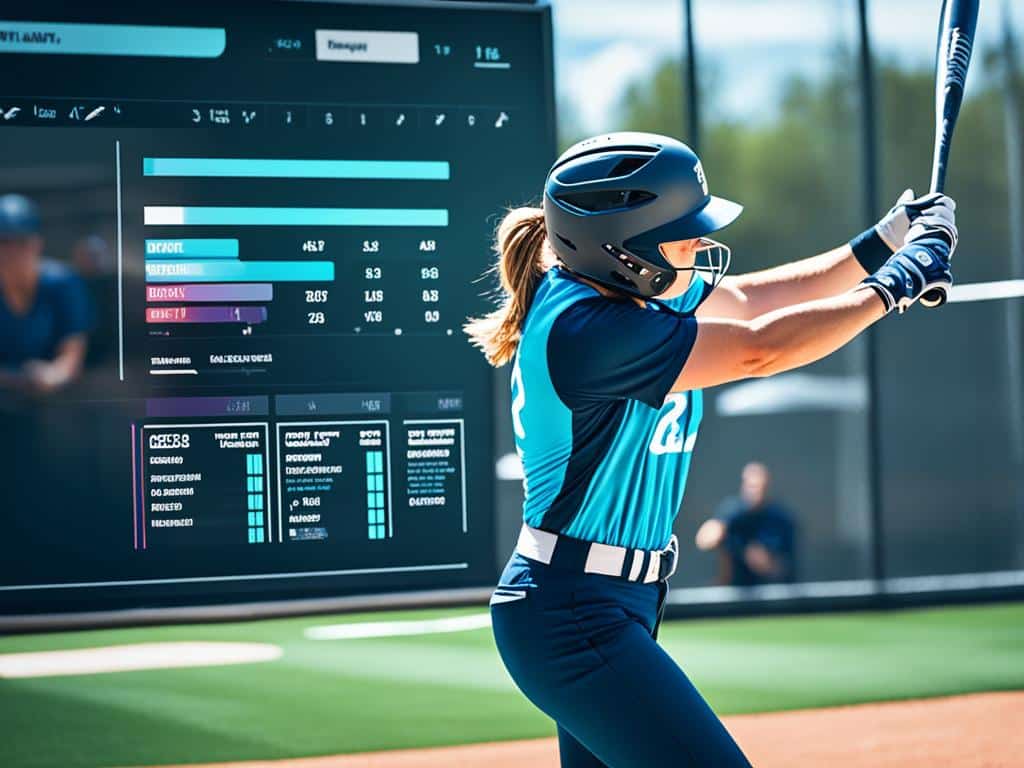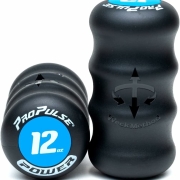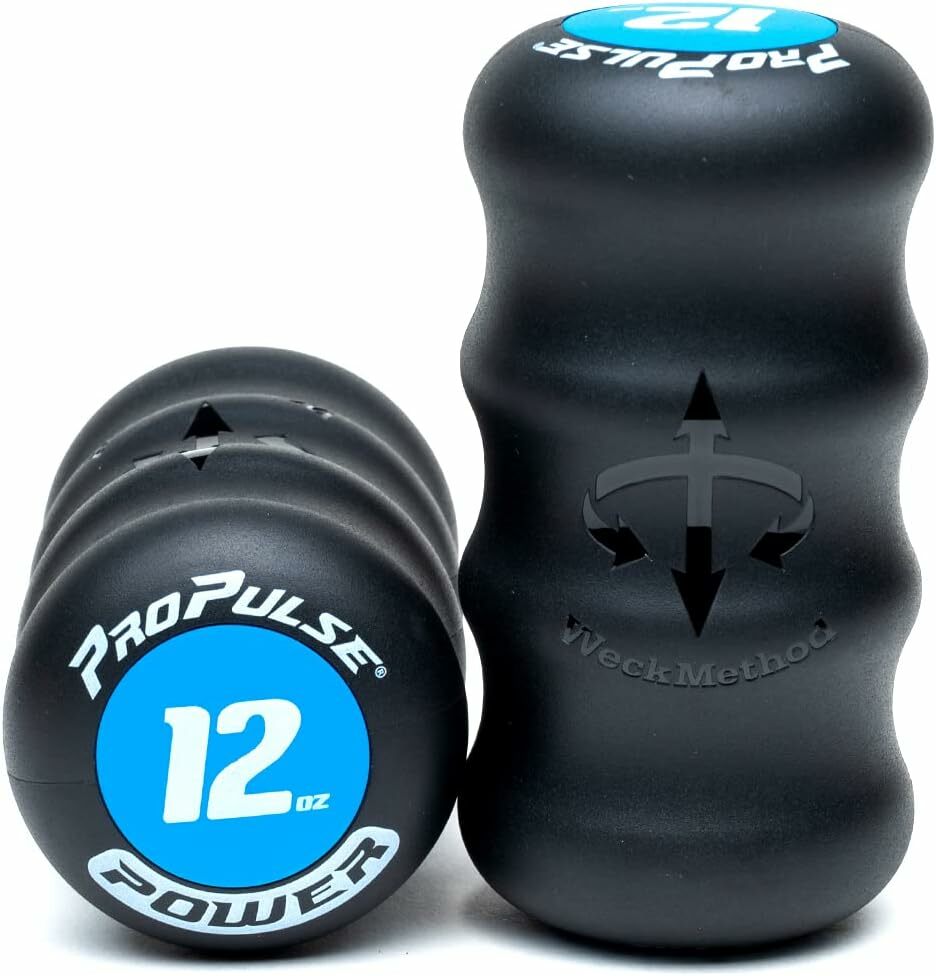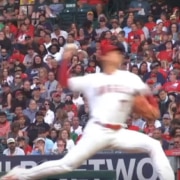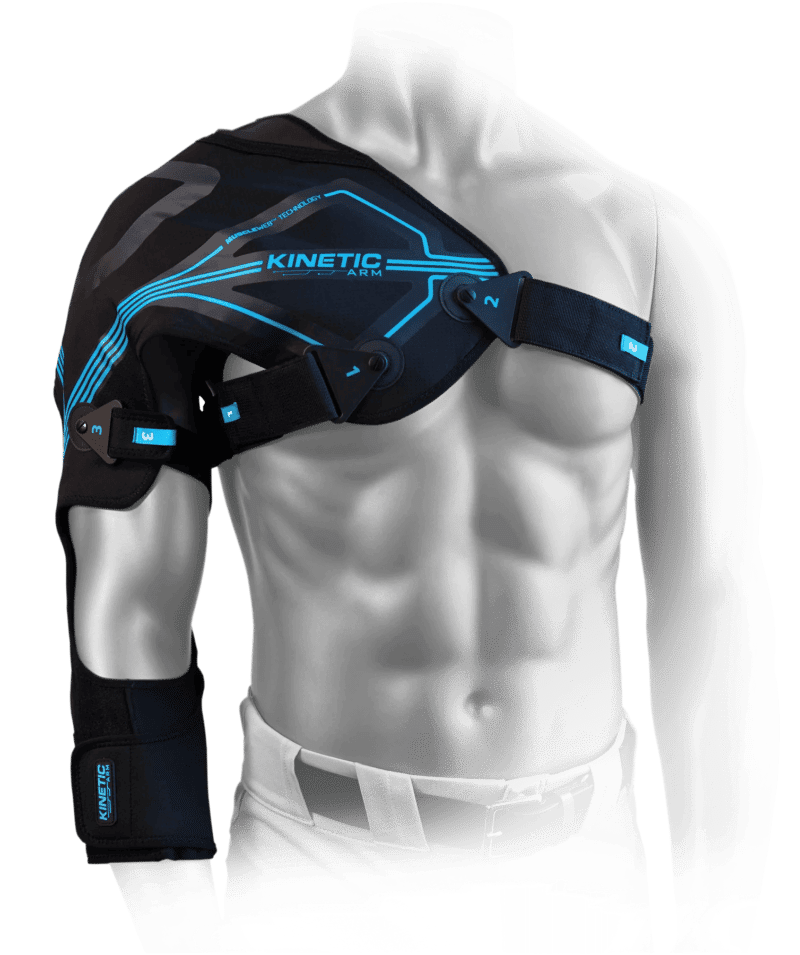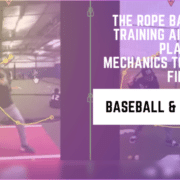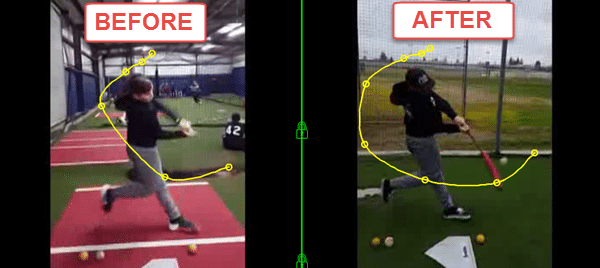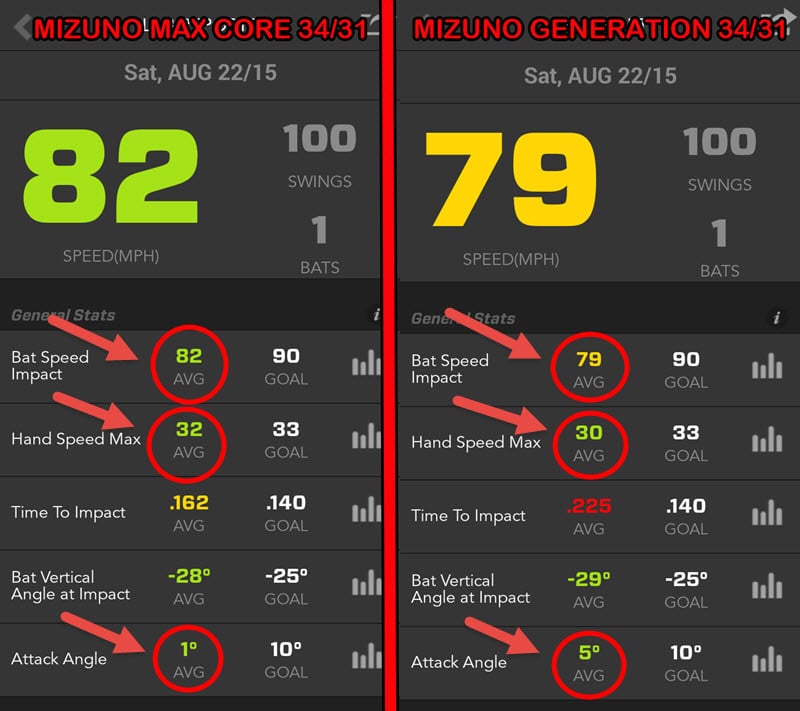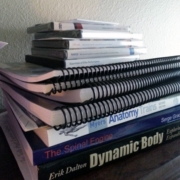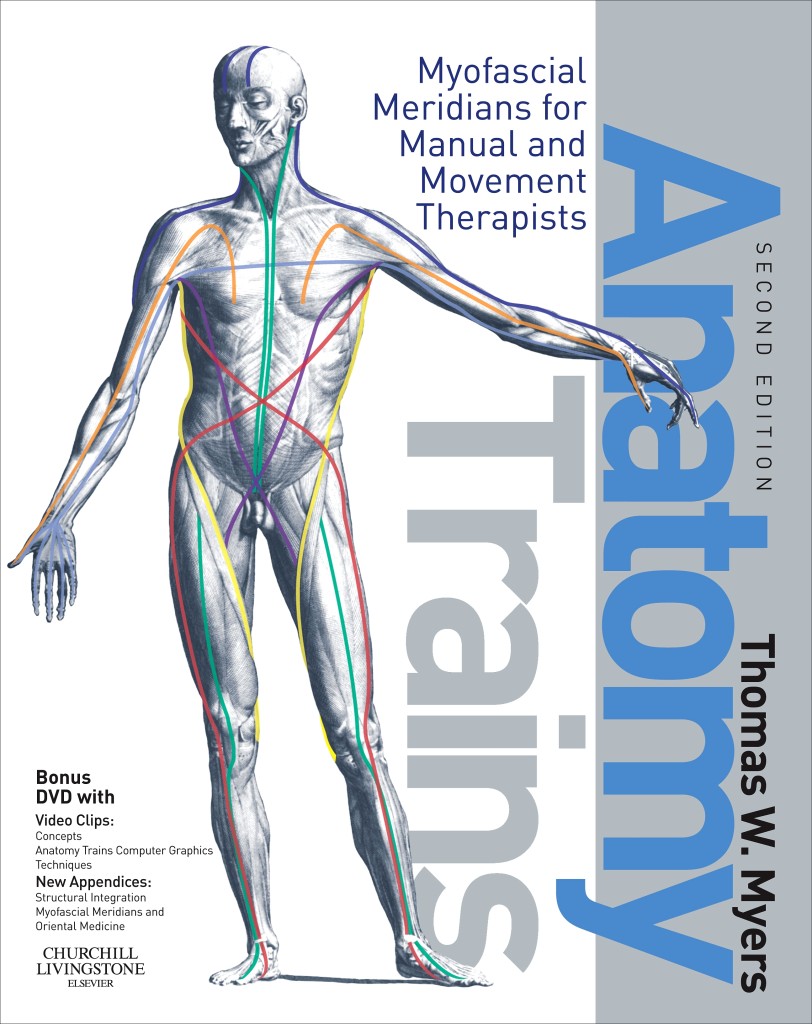
Boost Your Batting Average with Just 5 Minutes a Day
I’ve spent a good majority of my life playing baseball, always chasing the perfect swing to increase my batting average. It takes hard work, expert advice, and the right tools to reach my best. That’s why I’m excited to share the best online hitting programs that change how college and professional players like me play the game.
For baseball or softball players, the secret to doing better is using training that’s made just for you. Online softball hitting coaching is a big deal, giving players like your kiddo access to top coaches without the high cost of an in person lesson or hassle. These coaches can check out your swing and give you advice to boost your game.
With tools like Blast Motion, you get swing analysis and training based on data. And with the Hitting Performance Lab, you have a strategic library of videos to learn from. These online options are all about making your swing better and keeping track of your progress. They make sure you’re always moving forward towards your goals.
Key Takeaways
- Discover proven online hitting programs to elevate your softball or baseball performance.
- Improve your swing mechanics and boost your batting average with expert instruction and data-driven training.
- Online softball hitting coaching offers personalized lessons and video analysis to enhance your swing and batting.
- Platforms like Blast Motion provide affordable swing trainers, video analysis, and premium coaching services.
- Virtual instruction lets you train from anywhere, fitting your schedule perfectly.
Unlock Your Hitting Potential with Online Softball Hitting Training
As a softball player, it’s key to reach your full batting potential to improve your game. Online softball hitting training programs are changing how players work on their swing and performance. They offer real-time swing analysis and smart bat technology to help athletes boost their skills.
Blast Motion: Real-Time Swing Analysis and Feedback
Blast Motion is a top knob sensor choice for online softball hitting training. It’s used by pro, college, and elite travel ball teams. Players get valuable swing metrics and feedback to improve their batting. With Blast Motion’s tools, athletes can track their swings and see how they’re getting better.
Diamond Kinetics: Smart Bat Technology for Metric Tracking
Diamond Kinetics is another big name in online softball bat sensor hitting training. Their free DK app lets players track swing metrics like barrel speed and acceleration. The Diamond Kinetics CATX Smart Bat is a smart bat approved for USSSA games. It gives detailed insights into power, speed, and control for every swing.
Hitting Performance Lab: Comprehensive Video Library and Programs
Hitting Performance Lab offers a comprehensive online video hitting program for baseball and softball players. Led by expert coaches, it features over 200 instructional videos designed for players at all levels. The program focuses on hitting more consistent hard line drives, ensuring dramatic improvements in just 3 weeks.
With these online hitting training tools, players can unlock their true potential. They can make consistent, powerful contact and elevate their game to new heights. Our digital coaching approach allows players to improve their skills from anywhere, revolutionizing the way they train.
Boost Batting Average with Pitch Recognition Training
Unlock your full hitting potential with GameSense. Our scientifically proven pitch recognition training helps players of all levels improve their batting average, on-base percentage, and overall performance. Start your journey to better hitting today!
Try GameSense Free Now
Online softball hitting training with proven results
If you want to improve your softball hitting, online training programs can help a lot. They offer personalized lessons and data to help you hit better.
Rapsodo: Certified Softball Hitting Coaching Course
The Rapsodo Certified Softball Hitting Coaching Course is a great choice. It has over 80 minutes of video lessons and a test to get certified. After passing with at least 75%, you pay just $100 a year to keep your certification.
Top Online Hitting Coaches: Personalized Instruction
There are many top online hitting coaches who give personalized lessons. Coaches like Epstein, Lisle, Line Drive Nation, PRO Baseball Insider, Tewksbary, Connor Powers, and Joey Myers are known for their custom drills and detailed swing analysis.
Hitting Performance Lab offers step-by-step video hitting programs for baseball and softball players. Led by expert coaches, our sessions focus on consistent, powerful hitting. Choose from 6 sessions at $150/month or 12 sessions at $260/month. Achieve dramatic improvements in just 3 weeks.
Many athletes say they’ve gotten stronger and hit better with these online programs.
Choosing the Rapsodo certification or a top online coach can really help your game. These online softball hitting training options offer the support and data you need to improve.
Elevate Your Swing Mechanics with Remote Batting Instruction
Want to become a top hitter? Mastering your swing mechanics is key. Thanks to remote batting instruction, players can now improve their swings like never before. Coaches use advanced video analysis and motion tracking to spot areas for better swing mechanics. They focus on body position, weight transfer, and the bat path.
These coaches give personalized feedback and online batting lessons based on data. This helps players fix swing flaws and swing consistently and efficiently. It’s a flexible way to learn from top experts, no matter where you are.
Data-driven softball training helps players make smart choices and improve their swings. With real-time feedback and analytics, players can quickly spot and fix weaknesses. This leads to better performance and becoming top hitters.
“The remote batting instruction from the online coaches has been a game-changer for me. I’ve seen a significant improvement in my swing mechanics and my overall hitting ability. It’s incredible how much progress I’ve made without ever having to leave my local training facility.”
Using remote batting instruction, players can boost their swing mechanics and hit their best, no matter where they are. With the right guidance and data-driven training, becoming a top hitter is easier than ever.
The Rise of Remote Hitting Lessons: Revolutionizing Baseball and Softball Training
Baseball and softball training have changed a lot with remote hitting lessons. Technology has made it possible for two types of online training: asynchronous and real-time.
Asynchronous and Real-Time Sports Instruction
Asynchronous instruction lets players learn at their own pace. They can watch lessons and get feedback whenever it fits their schedule. Real-time lessons, on the other hand, offer live chats with coaches for quick feedback and personal advice.
This new way of learning has changed how players improve their skills. It goes beyond what traditional training offers.
The Evolution of Online Baseball and Softball Instruction
Online training has grown thanks to better mobile tech and high-quality smartphone cameras. Tools for video analysis and the shift to remote work have made remote coaching more popular.
Using small learning sessions and feedback at the right time has made online lessons more effective. This approach helps players remember skills better and get better over time.
Remote lessons are now common, with parents recording their kids’ swings and using phones for coaching. This change has made training easier to get and lets players work with top coaches from anywhere in the world.
“The rise of remote hitting lessons has truly transformed the way we approach baseball and softball training, empowering players to unlock their full potential from the comfort of their own homes.”
Mastering the Art of Remote Hitting Lessons
Remote hitting lessons have changed how baseball and softball players get better. They use technology, sports science, and personalized coaching. This gives players a great learning experience that goes beyond where they are.
How Do Remote Hitting Lessons Work?
First, the parent, remote hitting coach and or player talk to each other. They use an online platform like zoom for this, where they can share feedback and use training resources.
Then, players can learn at their own pace or get real-time help. They can watch training videos and get feedback on their swings at any time. Real-time sessions let the coach help them right away.
Technology like motion sensors and video tools makes these lessons better. They give players detailed info on their swings. This helps the coach make better training plans.
Thanks to mobile learning, top-notch softball and baseball training is now easy to get. Players of all levels can work with great coaches and use the latest training tools from home.
Remote hitting lessons have changed baseball and softball. They let players reach their goals and improve their skills. With this new way of learning, athletes can get better at hitting and take their game up a notch.
The Convenience of Online Batting Lessons: Anytime, Anywhere
Imagine getting top-notch hitting lessons without worrying about time or where you are. That’s what online batting lessons offer. This new way is changing how players, from young ones to pros, improve their skills.
With online lessons, busy schedules and where you live don’t stop you from getting expert advice. Just a few clicks, and you can meet with coaches and start a training plan made just for you.
Online platforms let players check out their swings, get tips, and work on their skills when it fits their schedule. This new way of learning sports is opening doors for people to improve their game and reach their goals, anytime and everywhere.
Remote batting instruction has changed the game for softball training. It offers flexible and data-driven ways to meet the sport’s needs. With tech like smart bat sensors and motion tracking, online lessons give a full and personalized experience that was hard to get before.
If you’re a young player, a high school athlete, or a pro looking to improve, online batting lessons are here for you. They offer the convenience and know-how you need to do your best. Boost your skills and succeed on your own time.
“The use of video feedback in sports skill acquisition studies dates back to the 1980s, and studies have shown that groups receiving video feedback in sports, such as tennis players working on their serves, achieve statistically better results.”
Conclusion
Online softball hitting coaching has become a key tool for players wanting to get better at batting. It gives expert advice, personalized feedback, and tech for swing analysis. This helps athletes improve their mechanics, hit more often, and hit harder. Players can work with top coaches from anywhere, thanks to online lessons, boosting their game anytime.
Online hitting programs and remote coaching have changed how players at all levels get expert help and new tech. They offer everything from advanced drills to video libraries and personal coaching. This lets athletes reach their full potential and improve their game. Online coaching is making a big difference in sports training, helping players perform better and reach their goals.
Using online coaching and data-driven training, players can get better skills, feel more confident, and become their best on the field. The future of hitting instruction is about combining tech, expert advice, and personal feedback easily. As sports evolve, online hitting coaching will keep changing how players hit, making a big impact at all levels.
FAQ
What are some top online hitting programs for softball and baseball?
Top online hitting programs include Blast Motion, Diamond Kinetics, and the Hitting Performance Lab. They offer real-time swing analysis and smart bat tech. Plus, they have video libraries with proven hitting programs.
What kind of online softball hitting coaching and certification courses are available?
Rapsodo has an online Softball Hitting Certification course with over 80 minutes of high-definition videos. Top online coaches like Myers, Epstein, Lisle, and Line Drive Nation offer personalized lessons and video analysis.
How do remote hitting lessons work?
Remote hitting lessons come in two types: asynchronous and real-time. Asynchronous lets players watch instructional videos and get feedback on their own time. Real-time lessons mean live chats with coaches.
What are the benefits of online batting instruction?
Online batting instruction is flexible and accessible. Players get expert advice, video analysis, and data-driven training at home. It fits their schedules perfectly.
How do online platforms and apps enhance the baseball and softball training experience?
Technology has changed sports training. Now, players get real-time feedback, biomechanical analysis, and lessons from top coaches worldwide through online platforms and apps.
Boost Batting Average with Pitch Recognition Training
Unlock your full hitting potential with GameSense. Our scientifically proven pitch recognition training helps players of all levels improve their batting average, on-base percentage, and overall performance. Start your journey to better hitting today!
Try GameSense Free Now
